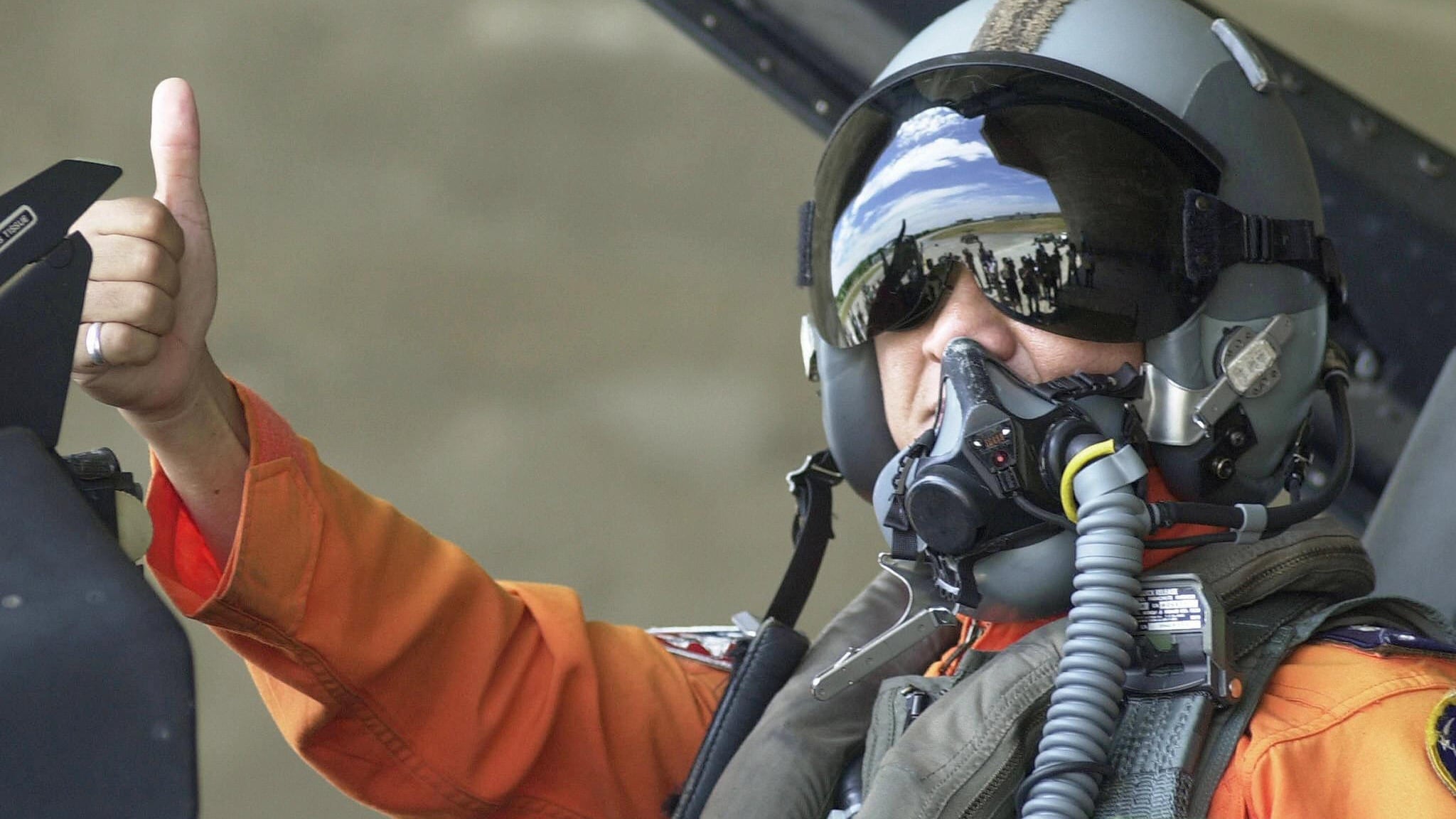MELBOURNE, Australia – China is gaining an increasingly favorable military position in the Indo-Pacific, leaving the United States no longer able to enjoy military primacy in the region, a new report by an Australian think tank has warned.
The Sydney-based United States Studies Centre says the region is now vulnerable to China making a quick move to secure a military or strategic advantage, with the cost of an American counter-move potentially too high to bear.
In its report, analysts also lament the “combined effect of ongoing wars in the Middle East, budget austerity, underinvestment in advanced military capabilities and the scale of America’s liberal order-building agenda has left the US armed forces ill-prepared for great power competition in the Indo-Pacific."
The report, titled, “Averting crisis: American Strategy, Military Spending and Collective Defence in the Indo-Pacific,” adds that over the next decade, the U.S. defense budget “is unlikely to meet the needs of the National Defense Strategy owing to a combination of political, fiscal and internal pressures."
Meanwhile, the regional balance of power has tilted in China’s favor, which the report says is also a product of the way Beijing has modernized and postured its armed forces. Central to this is the massive investment in conventionally-armed ballistic and cruise missiles, which analysts consider the centerpiece of China’s “counter-intervention” efforts.
This “growing arsenal of accurate long-range missiles,” some of which are able to reach the critical American air and naval bases located at the U.S. territory of Guam in the northern Marianas from mainland China, “poses a major threat to almost all American, allied and partner bases, airstrips, ports and military installations in the Western Pacific."
RELATED

According to a 2017 article by Capt. Thomas Shugart, then a senior military fellow at the Center for a New American Security, open-source satellite imagery suggests that China has been testing its ballistic missiles against mockup targets similar in layout to those found at American and allied bases in the region.
These mockup targets range from vehicles to above-ground fuel tanks, runways, hardened aircraft shelters and moored ships, with Shugart pointing out that the latter are arranged in a “near-mirror image of the actual inner harbor at the U.S. naval base in Yokosuka.” He posited that “the only way that China could realistically expect to catch multiple U.S. ships in port ... would be through a surprise attack."
The risk is compounded by the fact that many of the U.S. and allied operating bases in the Indo-Pacific that are exposed to possible Chinese missile attack lack hardened infrastructure, while “forward-deployed munitions and supplies are not set to wartime requirements” even as “America’s logistics capability has steeply declined."
China’s growing military might in what is known as the “first island chain,” which stretches from Japan and the Ryukyu Islands archipelago down to Taiwan and the Philippines, has now effectively been flipped, according to the think tank. That provides China “with the coercive leverage it would need to quickly seize coveted territory or overturn other aspects of the status quo by pursuing a fait accompli strategy."
This “anti-access, area-denial” bubble that China could activate within the first island chain and beyond will mean follow-on forces coming from Hawaii and the West Coast would have to fight their way into the region, analysts wrote. And while the report says the U.S. military “would probably — but not certainly — prevail in an extended war, escalation at this point would be enormously costly and dangerous”.
In response to this shifting regional balance of power, the think tank also calls for a strategy of collective defense to offset shortfalls in America’s regional military power.
Australia, in particular, is urged in the report to beef up its own network of regional partnerships and alliances by pursuing “capability aggregation and collective deterrence with capable regional allies and partners such as the United States and Japan, as well establishing new and expanding its existing, high-end military exercises with allies and partners to develop and demonstrate new operational concepts for Indo-Pacific contingencies."
The report also calls on Australia to rebalance its defence resources from the Middle East to the Indo-Pacific, acquire robust land-based strike and denial capabilities as well as increase its own stockpiles and create sovereign capabilities in the “storage and production of precision munitions, fuel and other materiel necessary for sustained high-end conflict."
Mike Yeo is the Asia correspondent for Defense News.








